Transitioning from a manual wheelchair to an electric wheelchair can significantly improve your mobility and independence, offering more freedom and ease in your daily activities. However, the process requires thoughtful consideration and some adjustments to ensure the best experience. If you're considering making the switch, here's a practical guide to help you navigate this transition smoothly.
1. Understand the Benefits of Electric Wheelchairs
Before you make the switch, it's essential to understand the advantages of an electric wheelchair. These include:
- Increased independence: Unlike a manual wheelchair, which requires physical effort to push, an electric wheelchair allows you to move without straining your arms or shoulders. This independence makes a huge difference in your quality of life.
- Greater comfort: Many electric wheelchairs offer features like reclining backrests, adjustable footrests, and cushioned seating for long-term comfort.
- Less physical strain: Electric wheelchairs take away the physical effort needed for self-propulsion, reducing the risk of fatigue and strain, especially for individuals with limited upper body strength or other physical challenges.

2. Choose the Right Electric Wheelchair
Choosing the right electric wheelchair is one of the most important steps in the transition process. Here's what you should consider:
- Size and Weight: If you've been using a manual wheelchair, you're likely accustomed to a smaller, lighter design. Electric wheelchairs, while offering more features, can be bulkier. Make sure to choose one that fits your lifestyle and daily needs.
- Maneuverability: Some electric wheelchairs are easier to maneuver in tight spaces than others. Try out different models to find one that works best for you in your home, at work, or in public places.
- Battery life and range: Consider how far you'll need to travel on a single charge. A model with longer battery life may be important if you're planning on using it for long outings or across large areas.
- Adjustable features: Many electric wheelchairs offer customizable features, including adjustable seating, footrests, and armrests. Be sure to choose a chair that can be adjusted for maximum comfort.
3. Familiarize Yourself with the Controls
The next step in the transition is getting familiar with the controls. Electric wheelchairs come with different types of control systems, such as joysticks, touchpads, and even head controls for those with limited hand mobility.
- Joystick control: Most electric wheelchairs are operated by a joystick, but it's important to get comfortable with how it works. Spend time getting used to the responsiveness and sensitivity of the joystick.
- Learn the settings: Some chairs come with additional features like speed settings, tilt or recline buttons, and even a horn. Take time to learn how each button functions and practice using them in a safe space, like your home or a parking lot.
- Practice indoors first: Start using your new electric wheelchair in a safe, familiar environment. This allows you to get used to the controls and understand how the chair moves. Once you're comfortable indoors, gradually transition to outdoor spaces.

4. Gradually Increase Mobility
Just like any new device, there's a learning curve when it comes to electric wheelchairs. Start by using your electric wheelchair for short trips around the house, and gradually work your way up to more challenging environments like navigating curbs or ramps.
- Get comfortable with ramps and thresholds: One major difference between manual and electric wheelchairs is how they handle curbs, ramps, and other obstacles. Practice navigating these surfaces at a slow pace to gain confidence.
- Use the wheelchair in public spaces: Once you feel confident in a controlled environment, take your wheelchair to public spaces like stores, parks, or community centers. Practice turning, stopping, and handling the chair in crowded or busy areas.
5. Consider Professional Help for Adjustments
If you've been using a manual wheelchair for a long time, adjusting to the electric model may take some time. A physical therapist or wheelchair specialist can help with the transition by providing advice on proper posture, balance, and wheelchair usage.
- Posture training: Maintaining good posture in your electric wheelchair is essential for comfort and health. A professional can help you find the correct sitting position to avoid discomfort and pressure sores.
- Mobility training: Some physical therapists or mobility specialists offer training on how to safely use an electric wheelchair, especially for individuals who have previously used a manual chair. They can guide you through adjusting to the controls, using ramps, and navigating different surfaces.
6. Take Care of Maintenance and Repairs
Electric wheelchairs require regular maintenance to ensure they function optimally. Be sure to:
- Keep the battery charged: Make sure to charge the battery regularly to avoid running out of power, especially on longer trips.
- Inspect the chair regularly: Look for any signs of wear and tear, such as worn-out tires or loose parts, and schedule maintenance when needed.
- Schedule professional servicing: Have your wheelchair serviced by professionals periodically to check for any issues with the motor, battery, or electrical components.

7. Make Home Adaptations
Your home environment might need a few adjustments to accommodate your electric wheelchair. Consider:
- Widening doorways: Electric wheelchairs can be wider than manual chairs, so make sure your doorways are wide enough for easy passage.
- Creating ramps: If you have stairs or curbs outside your home, adding a ramp will make it easier to use your electric wheelchair outdoors.
- Rearranging furniture: In some cases, you may need to rearrange furniture or remove obstacles to make navigating your home easier.
8. Stay Safe and Confident
Remember, transitioning to an electric wheelchair is a big change, but with the right attitude and a bit of practice, it can dramatically improve your daily life. Always prioritize safety, follow guidelines for using your wheelchair, and don't hesitate to reach out for help when needed.
Conclusion
Switching from a manual wheelchair to an electric wheelchair can open up new possibilities for independence and mobility. With the right model, training, and preparation, the transition can be seamless, giving you the freedom to navigate your environment with ease. Take your time, practice, and soon you'll be enjoying all the benefits that an electric wheelchair has to offer.
Are you ready to make the switch? Explore our range of electric wheelchairs designed to meet your needs and improve your mobility.








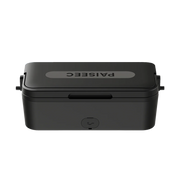
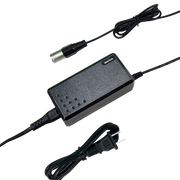

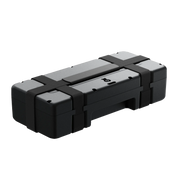
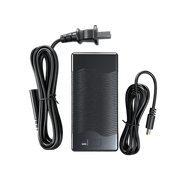

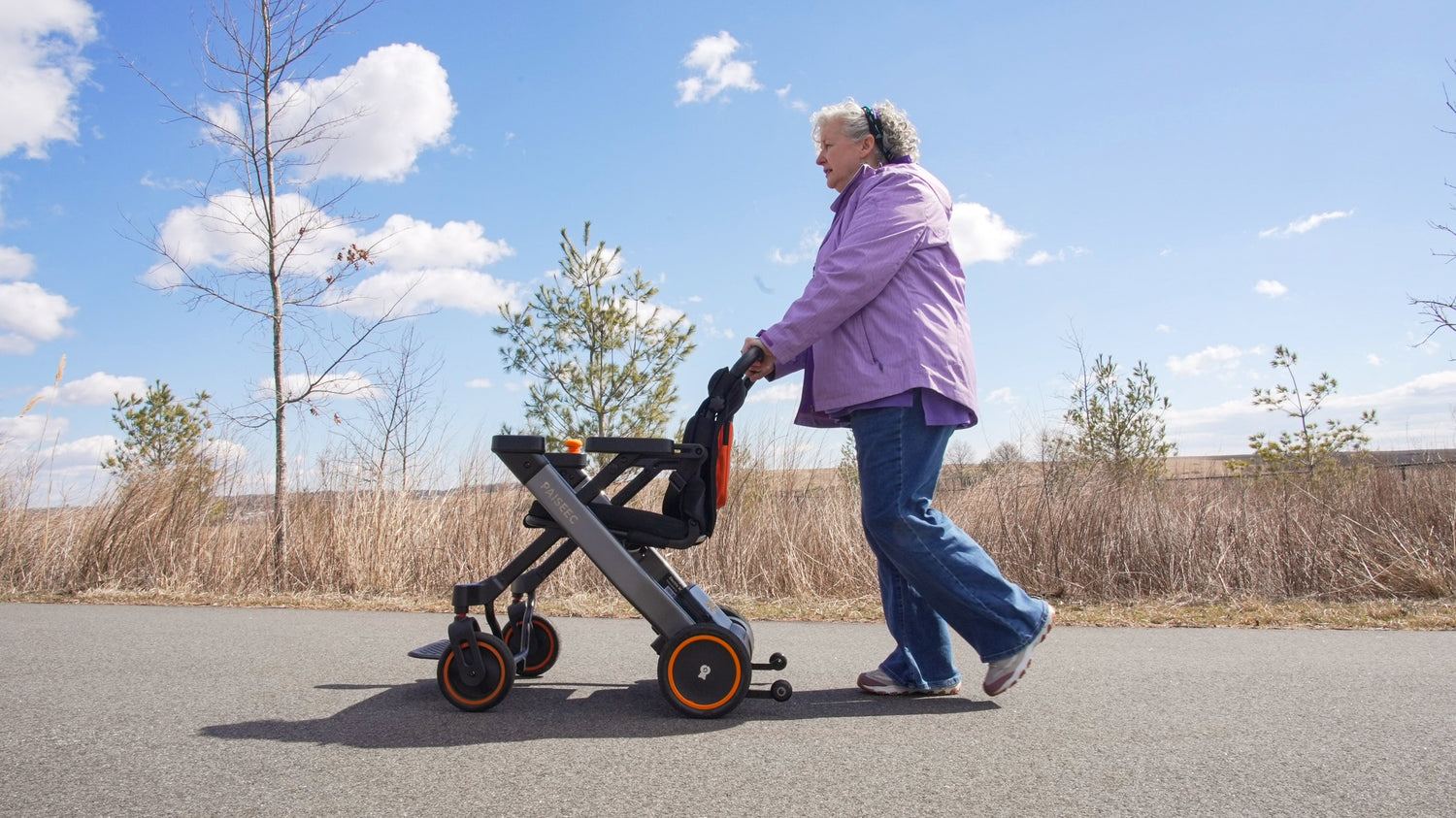









Leave a comment
This site is protected by hCaptcha and the hCaptcha Privacy Policy and Terms of Service apply.